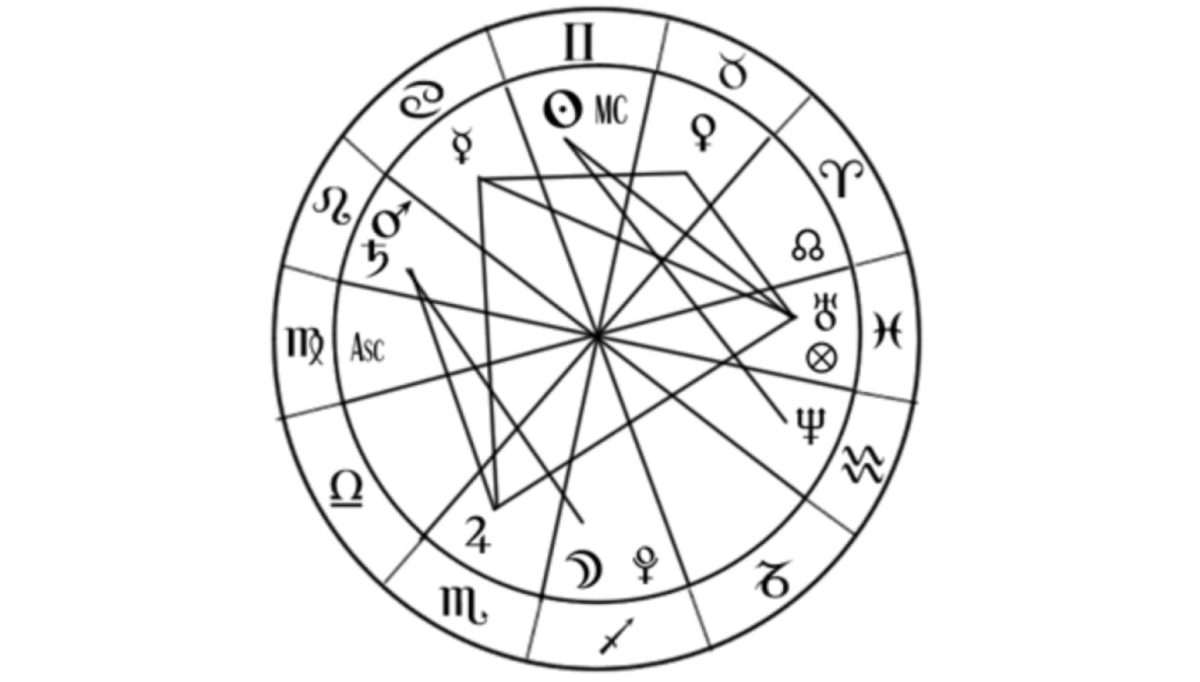Julia Bullock and the Orchestra of Enlightenment | Photo: David Bazemore Santa Barbara's 2025 classical music beat commenced in strong early music mode, as if by design. Camera Pacifica opened the concert year door with a program of Bach — and Bach reinvented — featuring Baroque flute specialist Emi Ferguson and classical-jazz piano sensation Dan Tepfer at Hahn Hall. A few days later, the Baroque factor returned in grander scale, when the rightly renowned period instrument ensemble Orchestra of the Age of Enlightenment filled the Lobero Theatre with its refined — and, when required, tastefully raucous — sound, joined by the luminous and adventure-game soprano Julia Bullock I was out of town for the CamBach evening, but very much plugged in and turned on by the Orchestra/Bullock performance, aptly dubbed “The Golden Age of the Baroque” and hosted by UCSB Arts & Lectures. Directed by violinist Kati Debretzeni , the orchestra stands up on the job and proudly adheres to the period instrument, period-style approach of early music practice, calling up a lean, propulsive and yet, on its terms, sumptuous ensemble sound. After opening with Handel's “The Arrival of Queen of Sheba,” from the opera Solomon , the animated Debretzeni introduced us to her gift of gab with the comment, “like the Queen of Sheba, we have arrived.” And just in time to stave off a growing hunger for live classical music in town after the long winter's nap from concert action. The program amounted to a healthy sampler plate of Baroque repertoire, touching on the staples of Bach, Handel, Vivaldi, Telemann (his lesser-known but engrossing “Water Music,” not Vivaldi's) and the French composer Jean-Baptiste Lully, and others. As an incidental note, we very likely heard heftier doses of Handel opera on this night than at any other time since the Music Academy of the West's ground-breaking, mid-summer production of Handel's Rodelinda on this stage back in 1999. Bullock's natural magnetism and deep musicality in her appearances added to the mix. And yes, this is the same Bullock who we were wowed by at last fall's performance and conceptualization of Olivier Messiaen's Harawi (a make-up performance after COVID prevented her from a planned Ojai Music Festival spotlight in 2022). As available to the contemporary music muse as Bullock is, she is versatile in many settings and eras, including the early music cause. Sometimes, the early/modern equation overlaps, as witness her recent appearance in a Royal Opera production of Handel's Theodora involving a strip club and loaded sexuality. Pole dancing was not to be found on the Lobero stage, but the group's vibrant and never static approach to the music managed to summon up sensual energies. Each of Bullock's few appearances on stage seized our attentions and affections, from her measured restraint and gorgeous tone on Handel arias — “Verdi Prati,” from Alcina , and “Let the Bright Seraphim,” from Samson — to Purcell's “If Love's a Sweet Passion,” from The Fairy Queen From the lesser-known and unjustly obscure quarters of the Baroque musical canon came a rare women composer from the period, Barbara Strozzi (1619-1677), a singer, lutenist and prototypical artist in the category now known as “singer-songwriter.” Bullock gave persuasive expression and exposure to selections from the composer's “ Che si puo fare ? (What Can Be Done?),” an elegant lament with a hauntingly cyclical chordal design. For all of the diversified entries in this 15-work program, one could say the menu leaned a bit heavily on the Baroque “greatest hits” parade. Do we really need to hear another reading, however eloquent, of Pachelbel's Canon in D , diluted by too many public and commercial uses and George Winston's soft-serve version? Maybe not. Hearing it now, we can recognize the retrospective ripples of the simple chord cycle to “Louie Louie” and “La Bamba.” Nothing against those fine opuses. On the other hand, “hits” — aka “evergreens” — are not all created equal, and there was much pleasure to be taken in the ensemble's rich and period-conscientious readings of such classics as Vivaldi's “The Four Seasons” (being “spring” here), the emotional beneficence of Bach's “Air” on a G string, and Bach's Brandenburg Concerto No. 3. In these cases, the orchestra rose to its own high standards of precision and panache, not to mention a deep respect for musical values of an earlier age, enlightened in its own special ways. Sat, Feb 08 12:30 PM Solvang Sat, Feb 08 3:00 PM SANTA BARBARA Tue, Feb 04 4:00 PM Santa Barbara Wed, Feb 05 2:30 PM Santa Barbara Thu, Feb 06 6:00 PM Santa Barbara Fri, Feb 07 7:30 PM Santa Barbara Sat, Feb 08 10:00 AM Santa Barbara Sat, Feb 08 11:00 AM Santa Barbara Sat, Feb 08 12:30 PM Solvang Sat, Feb 08 3:00 PM SANTA BARBARA Tue, Feb 04 4:00 PM Santa Barbara Wed, Feb 05 2:30 PM Santa Barbara Thu, Feb 06 6:00 PM Santa Barbara Fri, Feb 07 7:30 PM Santa Barbara Sat, Feb 08 10:00 AM Santa Barbara Sat, Feb 08 11:00 AM Santa Barbara Sat, Feb 08 12:30 PM Solvang Sat, Feb 08 3:00 PM SANTA BARBARA
The Santa Barbara Independent is a renowned weekly newspaper and online community portal that has been serving the active and sophisticated population of Santa Barbara County since 1986. It offers comprehensive coverage of local news, events, arts, entertainment, and community happenings, making it a go-to resource for residents and visitors alike.
With a circulation of 40,000 copies and a robust online presence, the Independent reaches a wide audience in the region. Its content caters to diverse interests, including entertainment news, health and wellbeing, family and relationships, home and lifestyle, and cultural and societal topics. The publication is particularly renowned for its extensive event coverage, government announcements, press releases, private sector updates, and seasonal features.
The Independent's print edition, published every Thursday, provides in-depth news reporting, an extensive calendar of local events, and the best arts and entertainment coverage in the region. Its online counterpart, independent.com, serves as a dynamic community news, arts, and entertainment portal, offering up-to-date information and a platform for the community to connect.
With a strong commitment to independent journalism and community engagement, the Santa Barbara Independent has garnered national recognition for its innovative approach and adaptation to the changing media landscape. Its unique voice and dedication to covering local stories have made it a trusted and influential source for the Santa Barbara community.























